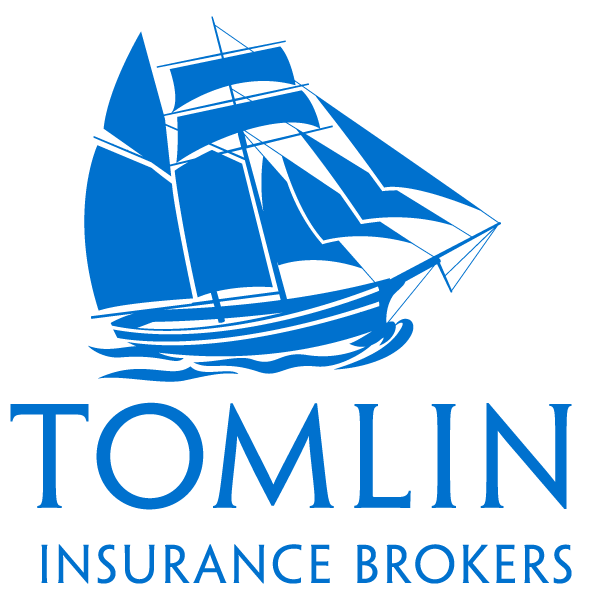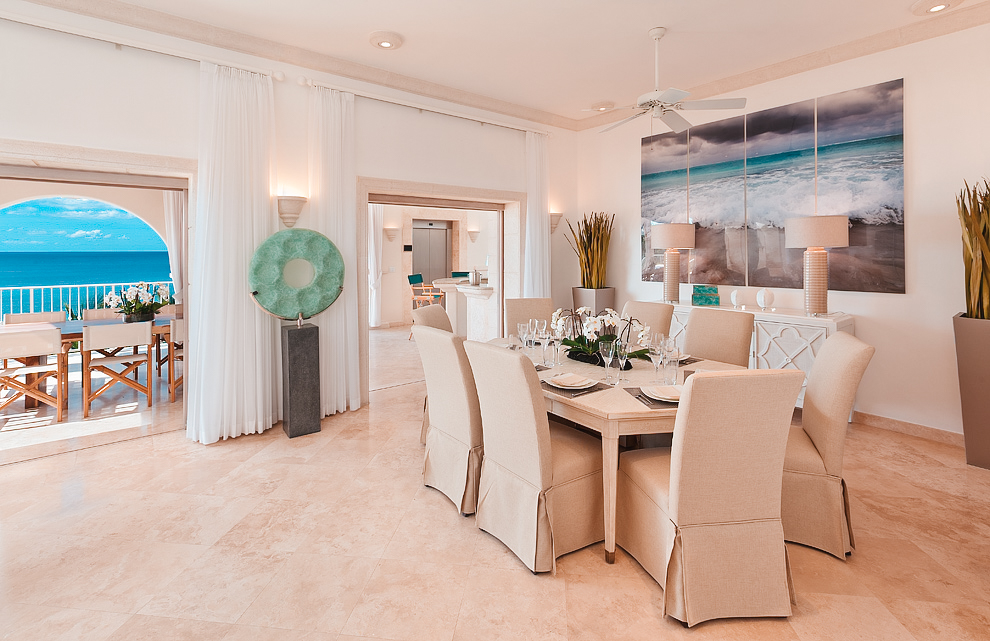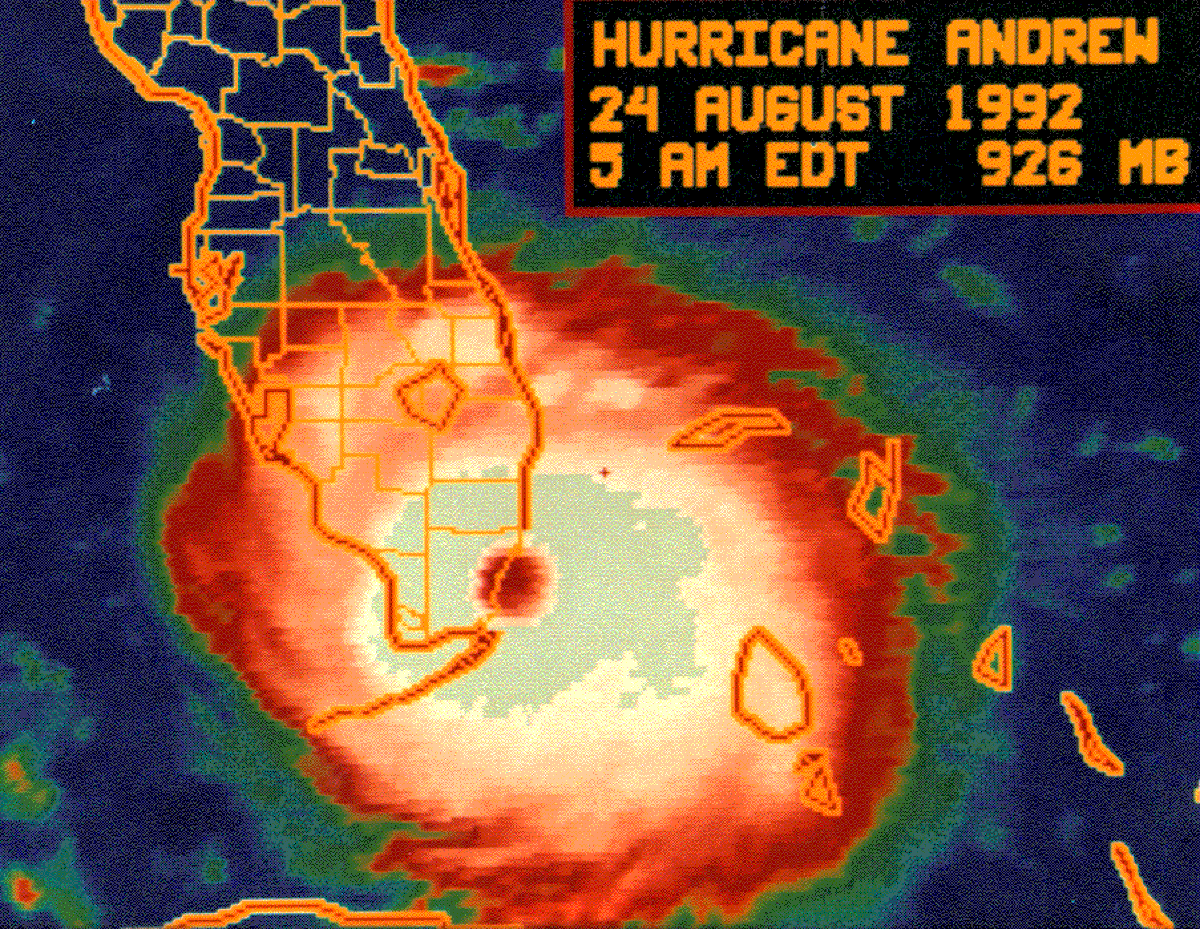Whether you are buying home insurance for the first time, renewing your policy, or switching service providers, as a homeowner in Barbados, this guide applies to you!
Our goal at Tomlin Brokers is always to be upfront with our clients about specific risks and implications of certain decisions. We believe you are free to make whatever decision you feel best suits you, but it should be an informed decision based on facts.
The worst feeling is in a claim when there is an issue because you didn’t know about it in advance. Some of these issues are critical and can significantly affect the outcome of a claim if not handled properly.
Here are some explanations of the issues and our recommendations.
 Underinsurance
Underinsurance
Understand how it can restrict the payout of a claim
Underinsurance is, by far, the biggest issue we see. I will break this down by giving you an example using easy numbers, but the rule applies proportionately.
Say your house costs $10M today to build, but you decide to insure it for only $5M because:
- You think you’ll never have a claim exceeding $5M or
- You want to save on the insurance premium
In this scenario, you have essentially decided to underinsure by $5M or 50%. You fully understand and accept that you will be given the full $5M in a total loss, but you will need to find the remaining $5M to rebuild the house. However, a total loss is virtually impossible because the house would need to disappear for it to be considered a total loss. A partial loss is far more likely – even in a destructive hurricane, some part of the structure will likely remain, even if it’s just the foundation.
The insurance company can apply the underinsurance clause, or the Average Clause, in a partial loss. The Average Clause is defined as “a policy term that restricts the total payout of a claim based on the proportion of the value covered.” So, say you had a fire, and the damage would cost $2M to repair. At first, you might feel relieved because you are insured for $5M. However, the stark reality is that because you are underinsured by 50%, you will only receive 50% of the claim or $1M. It can be very infuriating to clients as it can affect the payout of a claim. But this clause is written into every homeowner’s policy, and it will be applied by insurers if you choose to insure for less than the replacement cost.
There are some tools that can help with a ‘smart guess’ on the replacement value, but the only way to get an exact replacement cost is by having a valuation done. Especially in 2022, we know that construction costs have significantly increased in the past two years and are continuing to increase, so it is well worth it to relook at your values. If you have not reassessed your values in a long time, we suggest it’s prudent to have a valuation done by a QS or a professional valuer.
The Catastrophe Deductible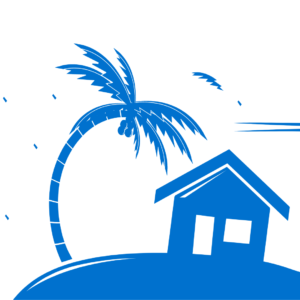
Include it in your emergency fund planning
Some perils, like fire or flood, have low deductibles depending on the peril and the insurance company.
Catastrophes are different. A catastrophe is defined as a windstorm, hurricane, earthquake, volcanic eruption, or overflow of the sea and flood caused by these perils. Many people think their CAT deductible is 2% of the claim amount which is incorrect. In Barbados, where our main offices are, the catastrophe deductible is 2% of the sum insured. In other Caribbean islands, the catastrophe deductible can be as high as 5% of the sum insured. This is an important figure to calculate and understand as it can be quite a large number.
Multiple Building Items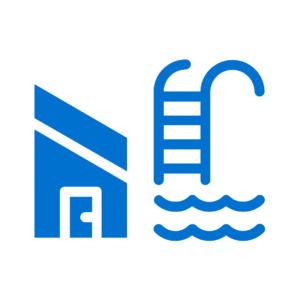
Break them out to maximize a catastrophe claim
If your property has multiple separate buildings or structures, this action can significantly help with the catastrophe deductible discussed above. Think main house, cottage, carport, swimming pool, generator, photovoltaic systems, etc. We recommend breaking each item out and listing them separately on the policy.
The catastrophe deductible is applied to each item insured, rather than your total sum insured. Going back to the example of the $10M house, say you broke out the separate building items and listed the cottage for its replacement cost of $1M. If we had a small hurricane and only the cottage had damage, the 2% CAT deductible would apply to the $1M cottage value ($20,000) versus the entire sum insured $10M ($200,000)
Of course, I must add the caveat that if we suffered a category 4 or 5 hurricane, there might be damage to every building item, so the 2% might still apply to the whole sum insured. But breaking out the items can be beneficial in these smaller events, like a windstorm.
Loss of Rent or Alternative Accommodation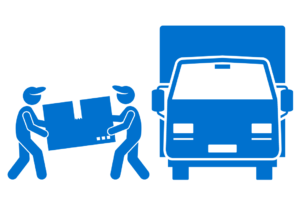
Understand what level of coverage you have
Suppose your house is an investment property, and you use it to earn income from rentals. In that case, you will be glad to learn that the most comprehensive home insurance policies in Barbados include a small level of loss of rent coverage. This is usually only 10% of your building sum insured or a specific dollar limit provided – whichever is less.
If you earn a significant amount of rent that exceeds the limit included, it would be worth it to insure the annual rental income as a separate item on your policy to claim the full amount.
Loss of Rent is triggered when there is a loss to the property and a claim from an insured peril. For example, suppose there was a fire or a hurricane, and your tenants had to move out for a significant period so you could get the damage repaired. In that case, if you had insured your rental income, you could claim for the loss of income you suffered due to the property damage loss.
Note that Loss of Rent does not protect against losses from communicable diseases like COVID (as is similar with every type of insurance policy worldwide).
This same concept applies to Alternative Accommodation if you, the homeowner, occupies the house and it is not a rental property.
Valuable Items
Specify them (at no extra cost)
Valuable items (specifically artwork, electronic items, and jewelry) are limited to small amounts in a claim, unless specified. Many of our high-value household clients have valuable contents, and we encourage them to declare these items. Declaring these items does not increase your premium, – but it simply helps you get the full amount the item is worth in a claim.
With contents in general, we do not need an itemized inventory, but more a general figure – except for these valuable items noted above. We want to balance declaring too much, but still want to ensure your valuable items are adequately covered.
That movie theater equipment? Let’s specify it. That invaluable piece of art you bought on your honeymoon and proudly displayed in the foyer? Let’s specify it. Let’s avoid a potentially devastating situation and help you get the full amounts these items are worth.
Contents Insurance
Know your options for coverage
It is also important to note that your contents are only covered inside the house. You can, however, purchase All Risks coverage for any special items, which covers the insured items outside the house and essentially anywhere in the world. This extra coverage can be expensive, so we recommend only insuring the essential items for this level of protection. We find that some of our clients from other parts of the world can get All Risks coverage much cheaper on their home insurance policies from their home country. If you can explore that option first, we would encourage it, but can certainly provide a quote to extend your insurance for any special items.
Public Liability and Employers Liability
Explore how to maximize this coverage
Most comprehensive homeowners’ policies should include Public Liability and Employers Liability.
Public Liability is the standard ‘slip and fall’ coverage. If a third party (like a tenant, dinner guest, or contractor) comes into your house and is injured, and they sue you, this coverage would defend you.
Employers’ Liability protects you if your domestic staff is injured on the job and sues you for damages.
With both of the above, we see decades-old policies with very low PL and EL limits that have never been reviewed. We would recommend exploring increasing the limits. Most insurers will increase it to their current standard limit at little to no extra cost. If the property has bigger-than-normal exposures, we suggest increasing the limits to even higher amounts which would come at a small (but worth it) cost.
Third-Party Contractors
Insist that they carry their own Public Liability Insurance
Suppose you have contractors coming to the property for services (think servicing the AC units, the pool, garden maintenance, etc.). In that case, you should ask them to carry their liability insurance in case they cause damage to your property. We can review any proofs of insurance you are sent to ensure the coverage is adequate and legitimate.
These are the most significant gaps in coverage we see with prospective or new clients. Our clients must know about these critical elements to decide what risks they’re willing to take or how conservative they prefer to be, to ensure their homes have the best possible protection.
